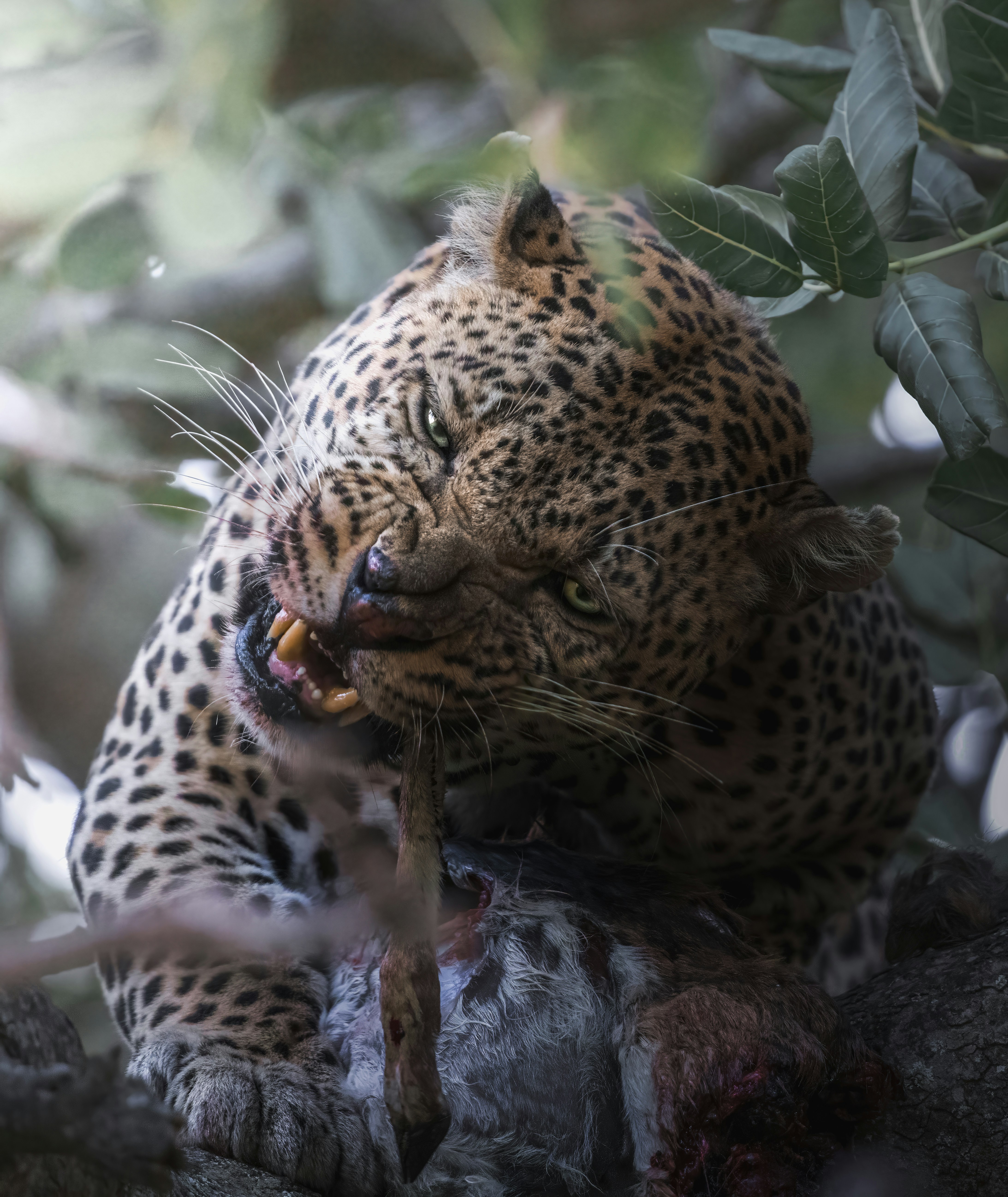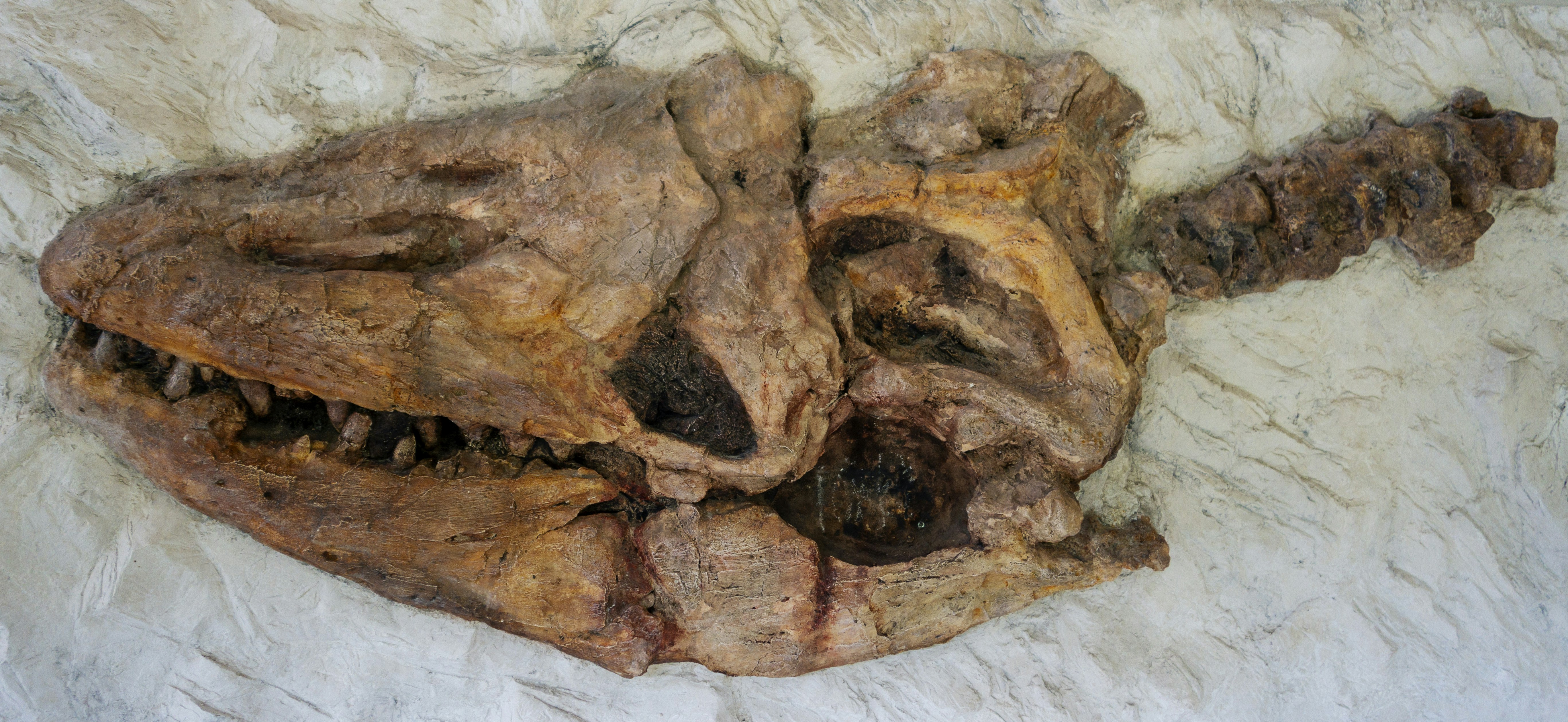
Introduction: The Connection Between Humans and Animals
The intricate relationship between humans and animals extends beyond our superficial observations and resonates deeply within the evolutionary framework that has shaped both species. This connection is not merely a matter of biology, but one that encompasses shared behaviors, instincts, and social structures that guide our interactions. Research in evolutionary psychology suggests that many of our behavioral traits can be traced back through the lineage of our ancestors, revealing a profound link to the animal kingdom.
Despite the significant advancements in our cognitive abilities and technology, humans exhibit numerous similarities with other species, especially in terms of instinctual responses and social behaviors. For instance, the innate reactions to threats, group dynamics in social situations, and even expressions of empathy can be observed in various animal species. Such parallels serve as a reminder that beneath the veneer of civilization, our fundamental psychological and social frameworks are rooted in evolutionary adaptations for survival.
Understanding these connections is crucial for a comprehensive insight into human behavior. By exploring the traits we share with animals, we can better appreciate the complexities of our actions, emotional responses, and even societal dynamics that govern human interactions. As we delve deeper into the evolutionary history shared with other species, we begin to realize that many human behaviors—such as aggression, cooperation, or bonding—are not unique but rather part of a broader biological narrative that extends across species. This acknowledgment does not diminish human ingenuity; rather, it enhances our understanding of why and how we behave as we do. By examining our evolutionary roots, we uncover a rich landscape of behavioral traits that challenge the notion of human exceptionalism and invite us to reflect on our place within the animal kingdom.
Evolutionary Background: The Origins of Human Behavior
The evolutionary journey of humans can be traced back to our distant ancestral species, enabling a deeper understanding of the origins of human behavior. Modern humans, or Homo sapiens, share a common lineage with various hominin species, such as Australopithecus and Homo erectus. These ancestors were primarily shaped by the pressures of natural selection, which favored traits that enhanced survival and reproductive success in their environments. From the need to forage for food to the imperative to establish protective social structures, many of these basic survival instincts have been preserved throughout human evolution.
Natural selection played a crucial role in determining which behaviors were advantageous for our ancestors. For instance, the formation of social groups facilitated collaborative hunting and resource sharing, significantly increasing the chances of survival. Over time, these cooperative behaviors led to the development of complex societal structures within both human and animal species. The ability to communicate effectively with one another and establish social hierarchies served to strengthen group bonds and enhance survival rates, reflecting similarities between human and animal behavior.
Additionally, certain instinctual behaviors, such as aggression, nurturing, and territoriality, have their roots in the evolutionary adaptations of our forebears. Such instincts not only ensure the continuity of life through effective parenting but also help to maintain social order within a group. The relevance of these behaviors remains apparent today, as they continue to influence individual interactions and societal norms. By exploring the intricate web of our evolutionary background, we can begin to appreciate the shared behavioral traits present in both humans and animals. This understanding sheds light on the ways in which our primal instincts have shaped not only our past but also our present and future behaviors.
Animal Instincts: Parallels with Human Behavior
The study of animal behavior reveals striking parallels with human actions, showcasing the profound evolutionary roots that connect us to our fellow species. One notable example is altruism, observed in various animal communities. For instance, in wolf packs, members often engage in cooperative behaviors, such as sharing food and protecting each other from threats. This group loyalty reflects a sense of altruism, echoing similar behaviors in humans where individuals help others, often at their own expense, highlighting our shared evolutionary past where cooperation enhances survival.
Aggression, another fundamental instinct, is apparent in both humans and animals. In the animal kingdom, territorial disputes among species often lead to aggressive confrontations, as seen in the behavior of lions whose dominance is secured through displays of strength. Human aggression can be driven by similar territorial instincts, often evident in competitive environments, ranging from sports to business. Both species exhibit aggression as a tool for establishing hierarchies or securing resources, demonstrating that these primal instincts govern behavior across species.
Mating rituals further showcase the similarities between animals and humans. Many bird species engage in elaborate courtship displays, such as the peacock’s vibrant plumage or the intricate dances of various species. These displays serve to attract potential mates, a phenomenon mirrored in human dating cultures where physical appearance and behaviors play crucial roles in attraction. Both realms exhibit a deep-rooted instinctual drive to reproduce, influenced by biological imperatives and societal constructs.
Such comparative studies underscore the notion that the instincts governing behavior are far more universal than previously assumed, acting as a reminder that humans are not as distinct from the animal kingdom as we often like to believe. By examining these parallels, we gain greater insight into our own behavior and the evolutionary processes shaping us, reaffirming our connection to the natural world.
Emotional Connection: The Roots of Empathy and Social Bonds
Emotional connections among individuals are fundamental to the evolution of social structures, both in humans and animals. Empathy, defined as the ability to understand and share the feelings of another, plays a crucial role in reinforcing these bonds. The evolutionary basis of these emotions can be traced back to our animal ancestors, where survival often depended on working cooperatively within social groups.
Research has shown that many species exhibit empathetic behaviors, which suggests that these traits evolved as adaptive mechanisms. For instance, primates such as chimpanzees and bonobos display remarkable empathy, often comforting distressed members of their group. This welfare for one another promotes a cooperative environment essential for survival and success. The presence of empathy within animal groups facilitates collaboration, leading to better hunting strategies, shared resources, and improved rearing of young. These cooperative behaviors are significant for the continuity of the species as they enhance group cohesion.
In humans, the capacity for empathy has a profound impact on the formation and maintenance of social relationships. Our ability to connect emotionally with others fosters trust and encourages mutual support, which is essential in building communities. Evolutionarily, such connections would have improved the chances of survival not just for individuals but for the survival of entire social groups. Emotional bonds create a network of support, ensuring that help is available during times of need or crisis. This interconnectedness strengthens social structures, leading to more complex societies and enhanced cultural development.
Studies suggest that the neurological pathways related to empathy are remarkably similar across species, supporting the idea that the roots of emotional connections stem from a common evolutionary background. Understanding these similarities can provide insights into human behavior, emphasizing our intrinsic connection with the animal kingdom and illustrating how deeply empathy is woven into the fabric of social life.
Communication: The Language of Animals and Humans
The study of communication in both animals and humans reveals profound similarities that highlight our shared evolutionary heritage. Animal communication encompasses a diverse range of signals, including vocalizations, body language, and chemical signals. For instance, many species utilize vocal sounds not only to attract mates but also to warn others of impending danger. Birds, for instance, engage in complex song patterns that can convey intricate information about territory and reproductive status, showcasing their sophisticated use of sound. Similarly, primates employ a variety of calls that serve different functions, from alerting the group to food sources to mourning lost members.
Human language, while appearing more advanced, shares foundational elements with these animal communication systems. The development of language in humans is often thought to have originated from simpler forms of vocalizations used by early hominins. Just as animals use specific sounds to communicate particular messages, humans use language to convey a multitude of complex ideas, emotions, and intentions. The transition from basic communication to intricate language systems illustrates an evolutionary leap that reflects our need for social interaction and the expression of abstract thoughts.
Moreover, non-verbal communication in both animals and humans plays a crucial role in conveying meanings. Facial expressions, gestures, and postural cues are fundamental in both realms, aiding in the transmission of information without the use of spoken words. For instance, dogs use body language extensively, employing tail wagging or ear positioning to express their feelings, which mirrors the use of non-verbal cues in human interactions, such as frowning or smiling to indicate approval or disapproval.
Overall, understanding the communication methods of animals not only enhances our knowledge of their behaviors but also sheds light on the evolutionary aspects of human language. This connection between species underscores the idea that many fundamental aspects of communication are deeply rooted in our shared biology, revealing that we are, indeed, more like animals than we realize.
Aggression and Competition: Survival of the Fittest
Aggression and competition are integral elements of survival that can be observed across various species, including humans. These behaviors have their roots deeply embedded in evolutionary processes, where the struggle for resources, mating opportunities, and territory plays a vital role. Understanding these aggressive instincts sheds light on the similarities between human and animal behaviors, revealing how both have adapted to enhance their chances of survival.
In the natural world, aggression often arises from the need to secure resources necessary for survival, such as food and shelter. Animals frequently engage in confrontations with conspecifics to establish dominance hierarchies. Such hierarchies help to reduce conflicts over resources, as individuals recognize their social status within a group. For humans, this competitive nature manifests in various forms, including workplace rivalries and social status competition. Both realms reflect an underlying instinct to ensure better access to resources, showcasing that the drive for survival significantly influences behavior.
Mating strategies also illustrate the role of aggression and competition in evolutionary success. Many animal species maintain aggressive behaviors to defend mates and ensure reproductive success. For instance, male deer will often engage in fierce battles during mating seasons, fighting for the opportunity to mate with females. Similarly, human mating dynamics can involve competition, where individuals may demonstrate aggressive behavior to attract partners or outperform rivals, underlining the instinctual basis for these actions.
Territorial aggression is another aspect shared between humans and animals, where individuals defend their living spaces against intruders. This behavior is prevalent in the animal kingdom, with wolves and birds establishing and protecting territories. In humans, territoriality can be seen in the context of land ownership, personal space, and even social environments, showcasing the adaptive advantages of asserting dominance to secure vital resources. This competitive and aggressive instinct, deeply rooted in our evolutionary past, continues to shape behaviors and interactions today.
Play and Learning: Insights from Animal Behavior
Play is a fundamental aspect of behavior observed across various species in the animal kingdom. It serves essential roles in development, allowing individuals to practice skills requisite for survival, establish social bonds, and explore their environments. Instances of play can be noted in mammals, birds, and even certain reptiles, showcasing its evolutionary significance. Animal play behavior often includes activities such as chasing, wrestling, and engaging in mock confrontations, all of which help hone important skills. For example, young wolves participate in playful interactions that mimic hunting, thereby enhancing their ability to secure food as adults. This phenomenon is not exclusive to predators; herbivorous animals, like foals and calves, also engage in play which fosters agility and social connections.
The parallels between animal play and human behavior are striking and provide insight into the fundamental nature of learning. Just as in the animal world, children engage in various types of play, which aids in cognitive and social development. Through imaginative play, children explore different roles and scenarios, allowing them to navigate emotional contexts and social dynamics. This form of playful behavior is crucial for understanding societal norms and the skills needed for cooperative living. Furthermore, adult interactions often mirror these playful activities, showcasing the continuity of this behavior across the lifespan. Adults may engage in games, sports, or even humorous banter, which are all rooted in the same developmental needs observed in younger generations.
Moreover, play enhances problem-solving abilities and creativity, necessitating an environment conducive to exploration. This concept is encapsulated in the idea that the joys of play may lay the groundwork for social cohesion among individuals, reminiscent of how animals bond through playful interactions. The underlying message is clear: Just as play among animals fosters essential survival skills and relationships, human engagement in playful activities remains vital for lifelong learning and social connection.
Implications for Modern Society: Understanding Our Animal Instincts
Recognizing the animalistic roots of human behavior offers valuable insights and practical approaches to contemporary social issues. As the complexities of modern society continue to evolve, understanding our innate instincts is crucial for fostering healthier interpersonal relationships, enhanced conflict resolution strategies, and improved mental health outcomes. By examining these connections, we can create more effective social frameworks tailored to our evolutionary heritage.
First and foremost, acknowledging our animal instincts allows us to identify the underlying motivations driving human behavior. For instance, the fight-or-flight response, a primal reaction to perceived threats, can manifest in modern conflicts. By being aware of this instinct, individuals can develop strategies to manage their responses during disagreements, focusing on communication and empathy rather than aggression or withdrawal. This understanding can lead to more constructive conflict resolution, reducing violence and promoting peaceful interactions within communities.
Moreover, embracing our evolutionary background can significantly contribute to improving mental health. Modern life often induces stress and anxiety, conditions that can be traced back to our survival-oriented ancestors. Understanding that these feelings may stem from our ingrained survival instincts can empower individuals to adopt healthier coping mechanisms. Mindfulness practices, for example, can help ground individuals in the present moment, reducing the grip of ancient survival fears on their mental well-being.
Additionally, acknowledging our social nature can lead to stronger interpersonal relationships. Humans are inherently social beings, paralleling many animal species that thrive in groups. Recognizing the importance of community and social connections can encourage individuals to cultivate relationships based on trust, cooperation, and mutual support. By enhancing our understanding of these instincts, modern society can foster networks that promote collective well-being, ultimately contributing to a more harmonious living environment.
Conclusion: Embracing Our Evolutionary Heritage
Throughout this exploration of the evolutionary roots of human behavior, we have unearthed significant parallels between Homo sapiens and various animal species. These parallels reveal not just instinctual similarities but also highlight the continuity of behaviors that have shaped our development as a species. From social structures to communication styles, our behavioral patterns echo those of our closest relatives, emphasizing the importance of understanding these connections to gain deeper insights into our own actions and motivations.
Recognizing our shared lineage with the animal kingdom invites us to consider the role of evolution in shaping our instincts and behaviors. Studies have illustrated how traits such as empathy, cooperation, and aggression have evolutionary significance, driven by survival and reproductive success. This reflects an innate biological fabric that envelopes both humans and animals, demonstrating that many behaviors we often classify as distinctly human are, in fact, rooted in our evolutionary past. By embracing this perspective, we can foster a more nuanced understanding of our motivations and responses to various social and environmental stimuli.
Moreover, acknowledging our evolutionary heritage challenges us to reflect on our instincts and actions in daily life. It encourages us to assess the ways our primal behaviors manifest in contemporary society. For instance, observing our communal interactions or our responses to competition can shed light on underlying evolutionary principles guiding our behaviors. This reflection not only enriches our comprehension of human behavior but also cultivates a sense of empathy towards other species, recognizing the common pathways we share. As we continue to explore this intricate web of connections, we must remain conscious of the lessons our evolutionary history has to offer, ultimately guiding us towards greater awareness and understanding of ourselves and the world around us.






